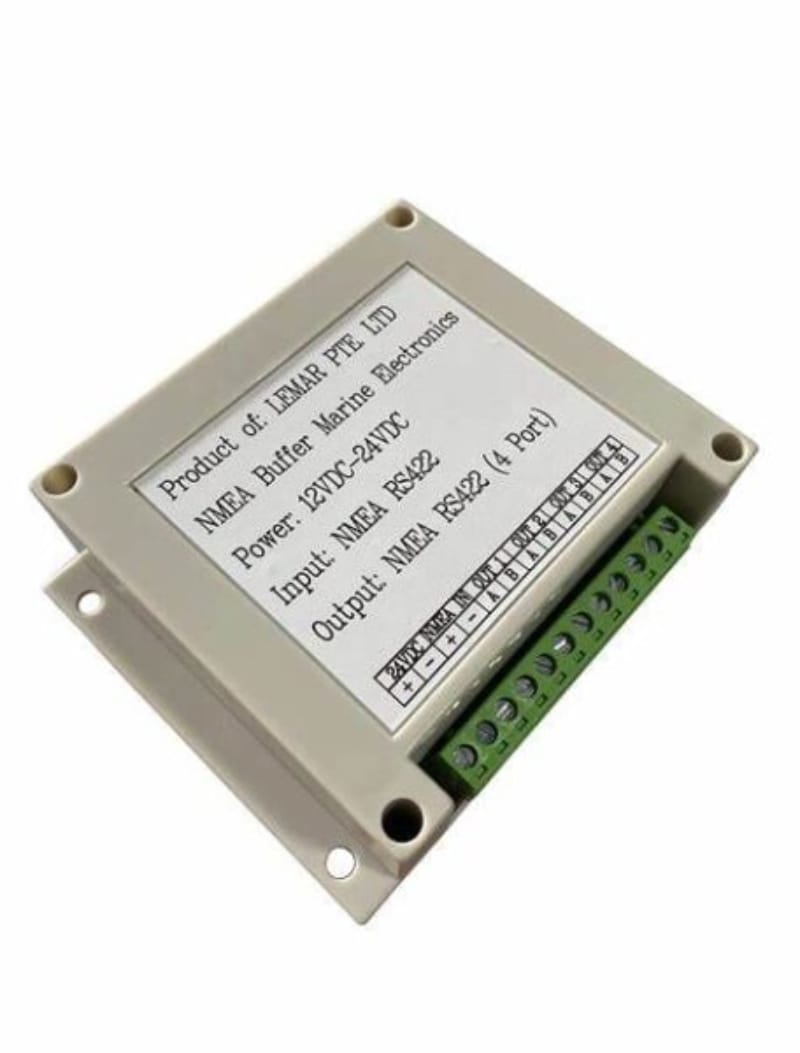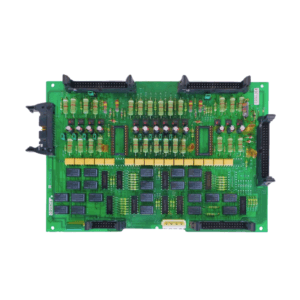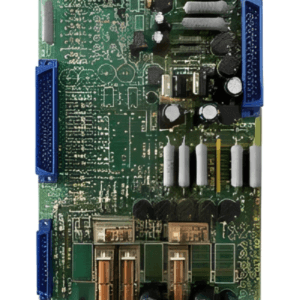Introduction to NMEA Buffers in Marine Electronics
NMEA buffers play a crucial role in the realm of marine electronics, facilitating seamless communication among various devices onboard vessels. The National Marine Electronics Association (NMEA) sets forth standards that enable interoperability, ensuring that devices from different manufacturers can work cohesively. This ensures that mariners can access essential information, such as navigation data and engine performance metrics, from a range of instruments without compatibility issues.
A significant component of these systems is the 12VDC-24VDC power input NMEA buffer. This device manages the distribution of data signals across multiple interfaces, allowing various equipment, such as GPS receivers, chart plotters, and autopilots, to receive and transmit information without signal loss or interference. By converting and amplifying data signals, NMEA buffers enhance the overall communication reliability, which is vital in maintaining functional integrity in marine operations.
The technology often utilizes NMEA RS422 communication protocols, which are tailored for long-distance data transmission. RS422 is known for its differential signaling, reducing susceptibility to noise and ensuring clear communication even in harsh marine environments. Employing an NMEA buffer presents several advantages in such settings; it mitigates the risk of data collision while simultaneously supporting multiple devices. This functionality is particularly essential when navigating challenging maritime conditions, where real-time data accuracy can significantly impact safety and decision-making.
In managing data flow, NMEA buffers work on basic principles of signal conditioning and distribution. By taking incoming data streams and appropriately routing them to multiple outputs, these buffers ensure efficient utilization of available resources. As nautical technology advances, understanding the significance and operation of NMEA buffers becomes increasingly essential for mariners and technicians involved in marine electronics. This foundational knowledge lays the groundwork for more complex applications in marine navigation and communication systems.
Setting Up and Utilizing a 4-Port NMEA RS422 Buffer
Setting up a 4-port NMEA RS422 buffer is essential for ensuring effective communication among various marine electronics. An NMEA RS422 output buffer serves as a pivotal interface, enabling multiple devices to share data seamlessly. To begin installation, it is important to ensure compatibility with both 12VDC and 24VDC power inputs, as many marine systems operate on these voltage specifications. Check the buffer’s specifications for power requirements before proceeding, as incorrect voltage could result in device failure.
Once the power compatibility is confirmed, select an appropriate location for mounting the buffer. Ideally, it should be installed in a dry, accessible area where wiring can be easily managed. Ensure that the connections are secure, as loose wiring can lead to intermittent data transmission issues. Proper electrical connections are paramount; typically, these connections should be made using high-quality marine-grade connectors to withstand harsh marine environments.
When connecting devices, wire each unit to the designated ports on the buffer, following the manufacturer’s guidelines for pin configuration and wiring schemes. It is often beneficial to label each connection, as this aids in troubleshooting should connectivity issues arise. Utilizing jumper wires or terminal strips can facilitate clean installations and simplify any modifications in the future.
After connection, it is advisable to conduct a thorough test of all devices. Monitor data transmission for consistency and accuracy, and check for any discrepancies that may indicate the need for troubleshooting. Common problems may stem from grounding issues; ensure all devices share a common ground to minimize electrical noise. By following these guidelines, users will achieve optimal performance from their NMEA RS422 buffer, ensuring seamless data flow across marine electronics.







Reviews
There are no reviews yet.